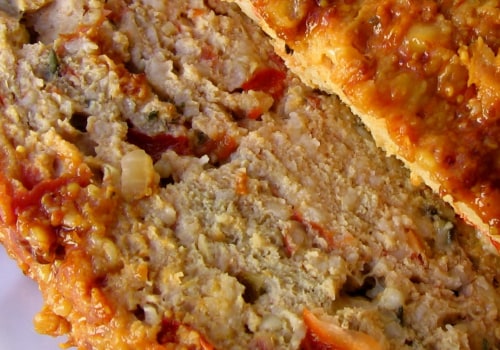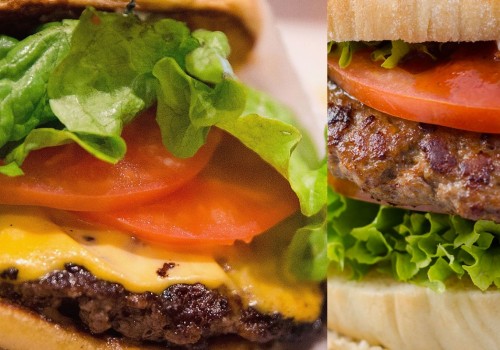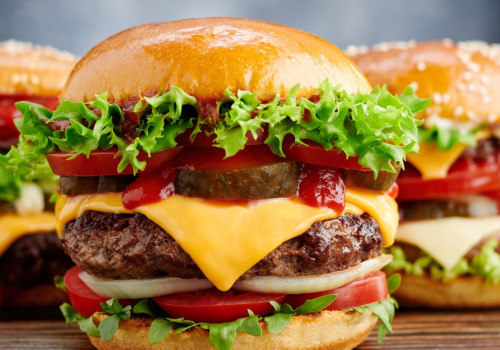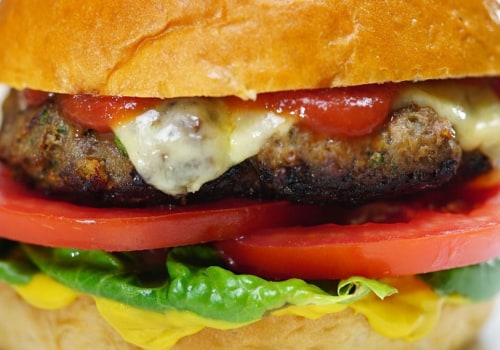Ground beef and hamburger are names that many people use interchangeably. However, there are some key differences between the two.
Minced meat
consists only of skeletal muscles, only muscles attached to bones, not various meat, such as organs. Some retailers include ground beef, sirloin steak or mandril, and these labels mean that only primary cuts or cuttings from those specific wholesale cuts are allowed in that product.A maximum of 30% fat is allowed in both minced meat and hamburger. In addition, minced meat or hamburger may not have added water, phosphates, extenders, or binders. Therefore, the main difference boils down to the way in which fat is added. All minced meat can only be prepared with the fat from meat cuttings; no additional fat can be added.
However, the hamburger can add fat to the lean mix to achieve the desired level of fat content. A hamburger, or simply hamburger, is a food consisting of fillings, usually a patty of minced meat, usually beef placed inside a sliced bun or roll.
Burgers
are usually served with cheese, lettuce, tomato, onion, pickles, bacon or chili peppers; condiments such as ketchup, mustard, mayonnaise, condiments or a special sauce, often a variation of Thousand Island dressing; and they are often placed in sesame seed rolls. A cheeseburger topped with cheese is called a cheeseburger. When the Tatars introduced food to Germany, meat was mixed with local spices and fried or grilled and known as Hamburg steak. Robert Maddock, associate professor at North Dakota State University, explains how minced meat is made and gives tips on what to look for when buying ground beef.Vegetarian and vegan burgers can be prepared from a meat analog, a meat substitute such as tofu, TVP, seitan (wheat gluten), quorn, beans, grains or a variety of vegetables, ground and crushed in the form of hamburgers. As for the real hamburger, there are hamburgers made with Kobe meat, slaughtered with cows that are fed with beer and massaged daily. McDonald's in India, for example, doesn't serve beef but instead offers Maharaja Mac instead of Big Mac substituting beef burgers with chicken. They are made from ground beef, pork or a mixture of both mixed with chopped onion egg breadcrumbs and spices. According to oral histories in the 1880s he opened a food counter in Athens and served a “hamburger” of fried ground beef burgers with mustard and Bermuda onions between two slices of bread with a pickle as a side dish.
In Japan hamburgers can be served in a bun called hanbāgā () or simply in hamburgers that are served without a bun known as hanbāgu () or hamburger short for hamburger steak. After the popularity of the bøf sandwich many variations emerged using different types of meat instead of the veal burger. French fries stores particularly in the West Midlands and the North East of England Scotland and Ireland serve battered burgers called battered burgers. Hamburger meat is almost always ground beef or ground beef as it is more commonly known in Australia and New Zealand. In the United Kingdom as in North America and Japan the term hamburger can simply refer to a hamburger whether beef some other type of meat or vegetarian. In addition to selling beef burgers they also have burgers made of squid pork tofu and shrimp.
A buffalo burger uses ground bison meat and an ostrich burger is made with seasoned and ground ostrich meat. The term hamburger can also be applied to the meat burger on its own especially in the United Kingdom where the term empanada is rarely used or even the term may simply refer to minced meat. In conclusion there are some key differences between ground beef and hamburgers. Ground beef consists only of skeletal muscles while hamburgers can add fat to achieve desired levels of fat content. Additionally vegetarian and vegan burgers can be prepared from various substitutes while real hamburgers can be made from Kobe meat or other types of meats such as squid pork tofu shrimp buffalo bison or ostrich.



